SUMMARY
This is AI generated summarization, which may have errors. For context, always refer to the full article.

MANILA, Philippines – Social media has changed our lives and our world.
It has created more opportunities for people, built networks beyond boundaries, and broken barriers to relationships.
How many started their careers through a video recorded in the privacy of their home? How many tweets have ignited a movement? How many photos have raised awareness and served as a call to action?
Watch this video on how 10 Filipinos use social media as their weapon to make change happen, inspire others and live their dreams.
Some use social media to fight for what they believe in, while others look at it as a means to share their talent and encourage others to do the same.
They are the game changers, the rebels, the leaders. They choose to defy expectations by using social media – and in the process succeed in the most non-traditional manner.
We recognize those who have taken on the challenge of initiating change with the power of social media.
What was the role of social media in their journey? How far can social media take them? Here are their stories.
1. The Professional Heckler
He is Loi Reyes Landicho, also known as the Professional Heckler, a popular Filipino blogger who pokes fun at politicians, celebrities, and the issues that hound them. He started his career writing scripts for cultural and development programs on TV and radio. But he soon found his own voice in The Professional Heckler, an instant hit among Filipino netizens.
In 2005, some of his blog posts appeared in the book “Hello Garci, Hello Ma’am: Political Humor in the Cellphone Age.”
His website started in 2007; he has won awards the Globe Tattoo’s “Word Slayer” award in 2011 and the “Blogger Phenom of the year” in 2013.
To date he has 96,000 Twitter followers – and growing.
2. #MillionPeopleMarch
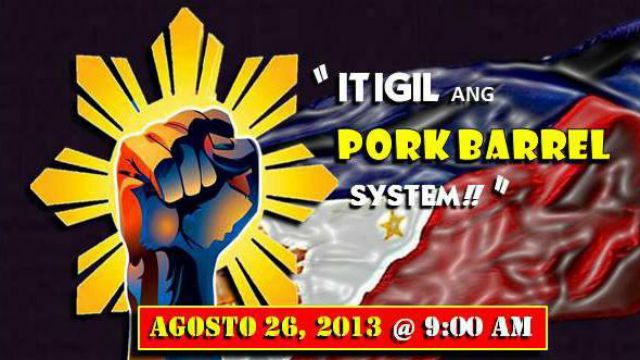
August 26, 2013 marked the first time Filipinos mounted an on-ground protest that was organized via social media. #MillionPeopleMarch all began with a Facebook page “Abolish Pork Barrel” inviting everyone to come together for one cause. The online protest spread and peaked on the day of the rally. As thousands gathered at the Rizal Park on August 26, hashtags #MillionPeopleMarch and #ScrapPork trended on Twitter.
Apart from its goal to abolish the Priority Development Assistance Fund (PDAF) or pork barrel this was also a protest against public officials linked to the scam.
3. Diary ng Panget

It started with an online story by HaveYouSeenThisGirl. Denny, as she likes to be called, started writing online when she was in 3rd year high school. Three years ago, she registered on a website called Wattpad, a social platform that allows anyone to write and read stories from all over the world. The 17-year-old Denny wrote then uploaded her story, Diary ng Panget, while studying in Italy.
A year later, PSICOM Publishing Inc. expressed their interest in publishing her story. Her book became a bestseller at National Bookstore when it first came out in May 2013, and the online version has been read by 18 million to date.
Diary ng Panget has also been adapted to the big screen and was released on April 2.
4. Occupy Wall Street
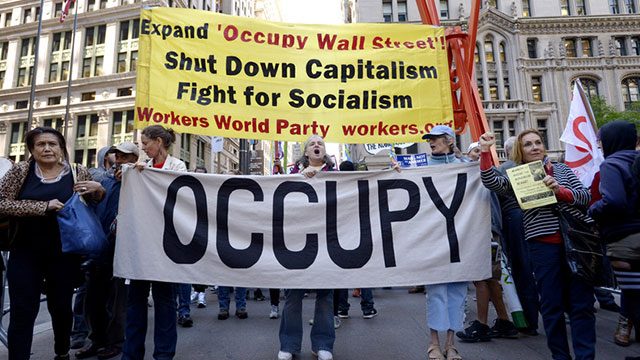
On July 13, 2011 the social media-driven movement was initiated by the magazine Adbusters through a call to action on their blog. It was a campaign against corporate greed. The organizers wanted to see 20,000 people march to lower Manhattan on September 17, 2011 and set up tents, kitchens, peaceful barricades and occupy Wall Street, the financial district of New York City.
Occupy Wall Street was a leaderless movement with one objective: to put an end to corporate greed and corruption in Wall Street and in government. They wanted to change the system that they believe benefits just a few.
They used different social media platforms to spread the word, galvanizing support in 100 cities in the United States. They posted updates on their Facebook page, put up videos on their YouTube channel for people to see on what goes on in these protests (i.e riots, interviews, police brutality), and used Twitter for real-time news and updates on the movement.
5. Mikey Bustos
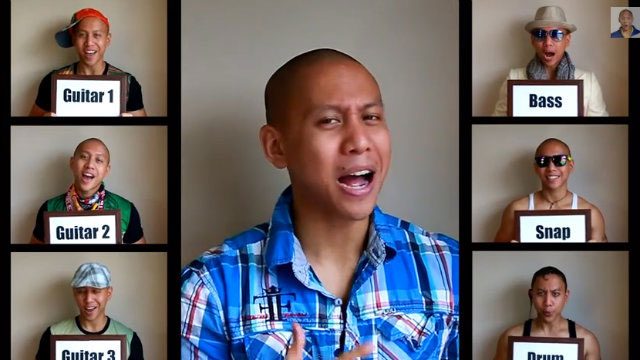
The Filipino-Canadian comedian first came out on Canadian Idol in 2003 but is more famous for his videos on YouTube, which he has been posting since 2006.
Most of his videos are about the Filipino culture and different traditions with a twist. His Pinoy tutorial videos are what made him into a star. His video about the Filipino accent went viral and the rest was history.
He also makes parodies of music videos such as Psy’s “Gangnam Style” called “Opo Pinoy Style” and an acapella version of Avicii’s “Wake Me Up.”
He says that his craft is his way of showing Filipino pride and that being an influence to many gives him an even bigger responsibility to use his talent for what’s good.
He has over 90,000 Twitter followers and 14,000 Instagram followers to date. And because of his growing popularity in social media, new opportunities have opened for him; he’s now a radio DJ at local station Magic 89.9 and hosts events.
6. #YolandaPH
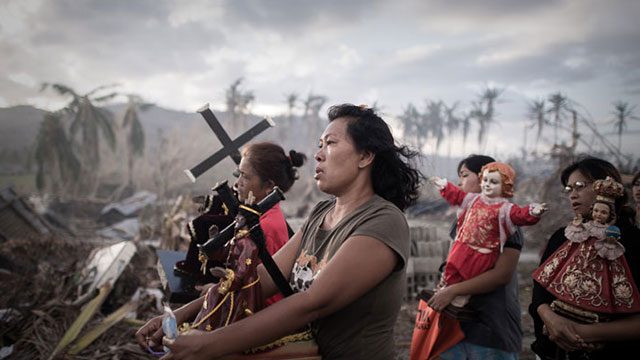
On November 8, 2013, Super Typhoon Yolanda took away lives, destroyed homes and caused loved ones to go missing for days, weeks, months. To this day, thousands remain missing.
Social media played a big role in disseminating information needed for rescue and rehabilitation. From tracking missing people to sending relief goods to getting international help, social media gave people from around the world up-to-date news on what was happening.
Hashtags such as #YolandaPH (storm coverage), #TracingPH (report missing people), #RescuePH (urgent rescues needed) and #ReliefPH (rescue coordination) were used for a more organized and effective way to receive announcements, updated news and view concerns and needs of survivors.
7. ‘Selfie’ at the Oscars

Regarded as the most re-tweeted tweet (beating President Obama’s tweet) in the history of social media, a single photo taken during the Oscars this year went viral and even crashed Twitter thanks to host Ellen DeGeneres.
The famous selfie was taken by Hollywood actor Bradley Cooper using a Samsung Note 3. Samsung was one of the sponsors of the event.
DeGeneres tweeted the self, and it got re-tweeted over 3 million times.
Samsung denied it was a marketing ploy, and announced soon after that they will donate a dollar for every re-tweet. The company eventually donated $3 million to 2 charities of Ellen’s choice, each getting $1.5 million, St. Jude Children’s Hospital and The Humane Society of the United States.
8. Charice Pempengco

Charice’s career began when she joined a singing contest called Little Big Star at the age of 12, but she didn’t end up winning the title. David Duenas or FalseVoice, a huge fan, uploaded videos of her powerful performances on YouTube getting millions of views.
When she was 15, she was invited to perform on the stage of StarKing, a Korean variety show. Her performance for the variety show went viral and caught the eye of producers of The Ellen DeGeneres show and the Oprah Show. She guested in both shows and marked the beginning of her international career.
Her local and international presence has opened many opportunities for Charice. She has gone on international tours, was a judge at the Filipino version of “X Factor” and was a guest star in the international musical comedy show “Glee.”
9. Arab Spring
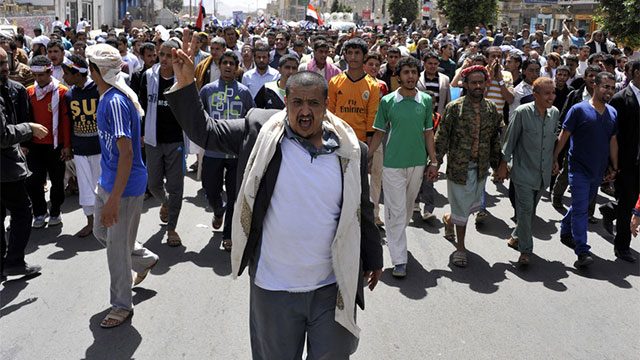
The Arab Spring is a wave of anti-government protests and rebellions in Arab countries like Tunisia, Syria, Libya and Egypt, which began in December 2010.
Social media is the weapon of choice of these modern-day activists. Organizers of the Arab Spring used Facebook to schedule protests, Twitter to coordinate with others and YouTube to show the world what was happening.
10. Abe Olandres
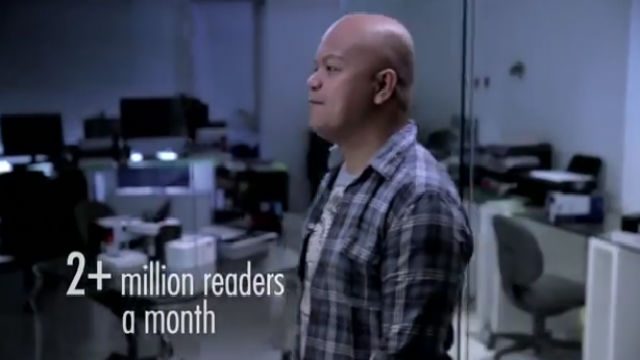
Abe Olandres started blogging in 2000 but was focused more on his job as a web developer and web designer.
In 2005, he decided to drop everything and concentrate on blogging. He says he’s not that experienced as a writer but his passion for tech constantly motivates him to learn.
He is the founder and Editor-in-Chief of YugaTech, one of the first online publications to deliver relevant news and information on tech in the Philippines. The site also features reviews for smartphones, tablets, laptops, TVs and even automotive (tech for the big boys), as well as coverage for local and international events on tech.
YugaTech enjoys over 2 million page views a month.
He is also the Country Manager for NuffNang Philippines, handling the operations in blog and social media advertising, community relations, talent development and digital strategy.
Indeed, the power and influence of social media should not be underestimated. These individuals and movements have proven that social media can shape a country, break barriers and build bridges between cultures and people. – Rappler.com
Add a comment
How does this make you feel?
There are no comments yet. Add your comment to start the conversation.